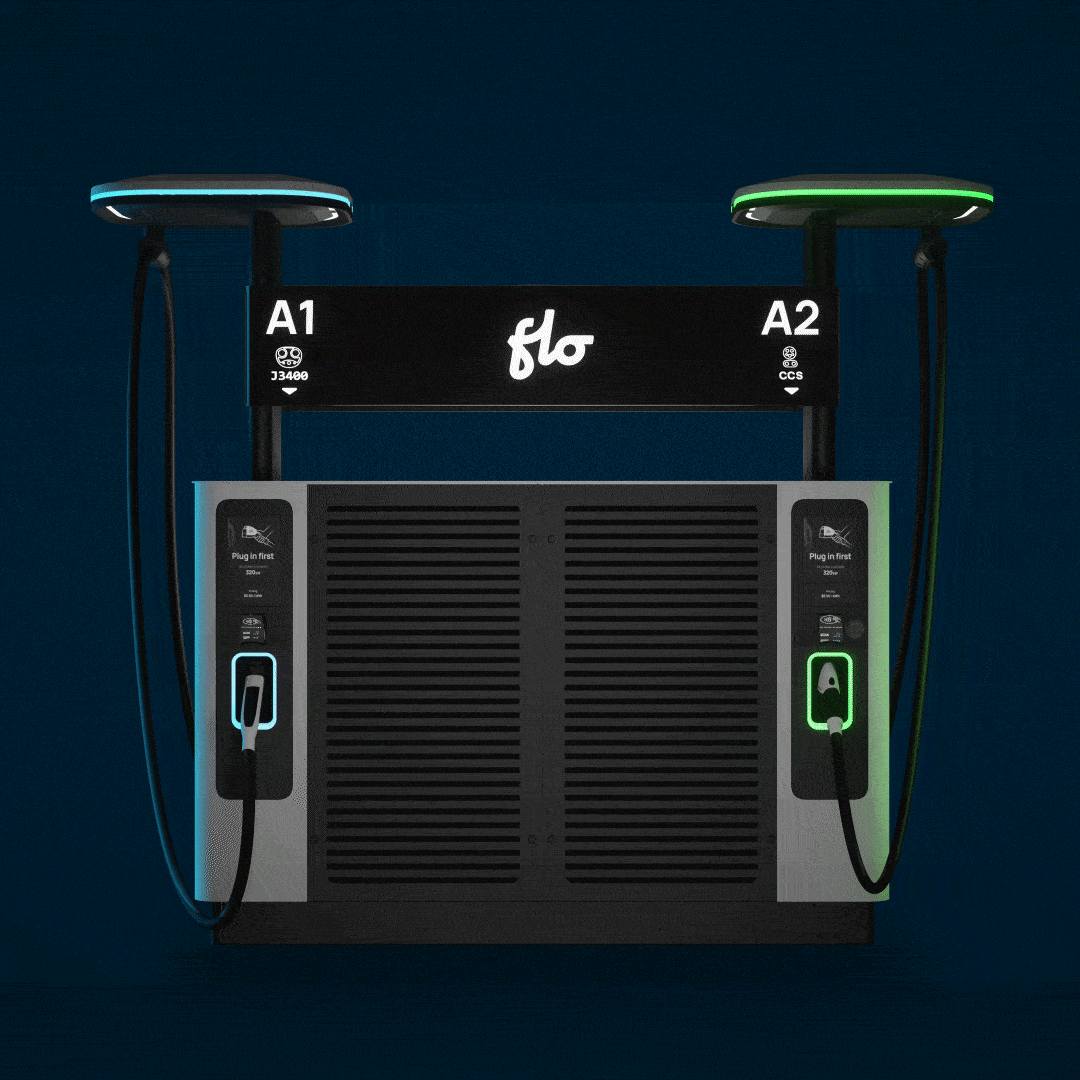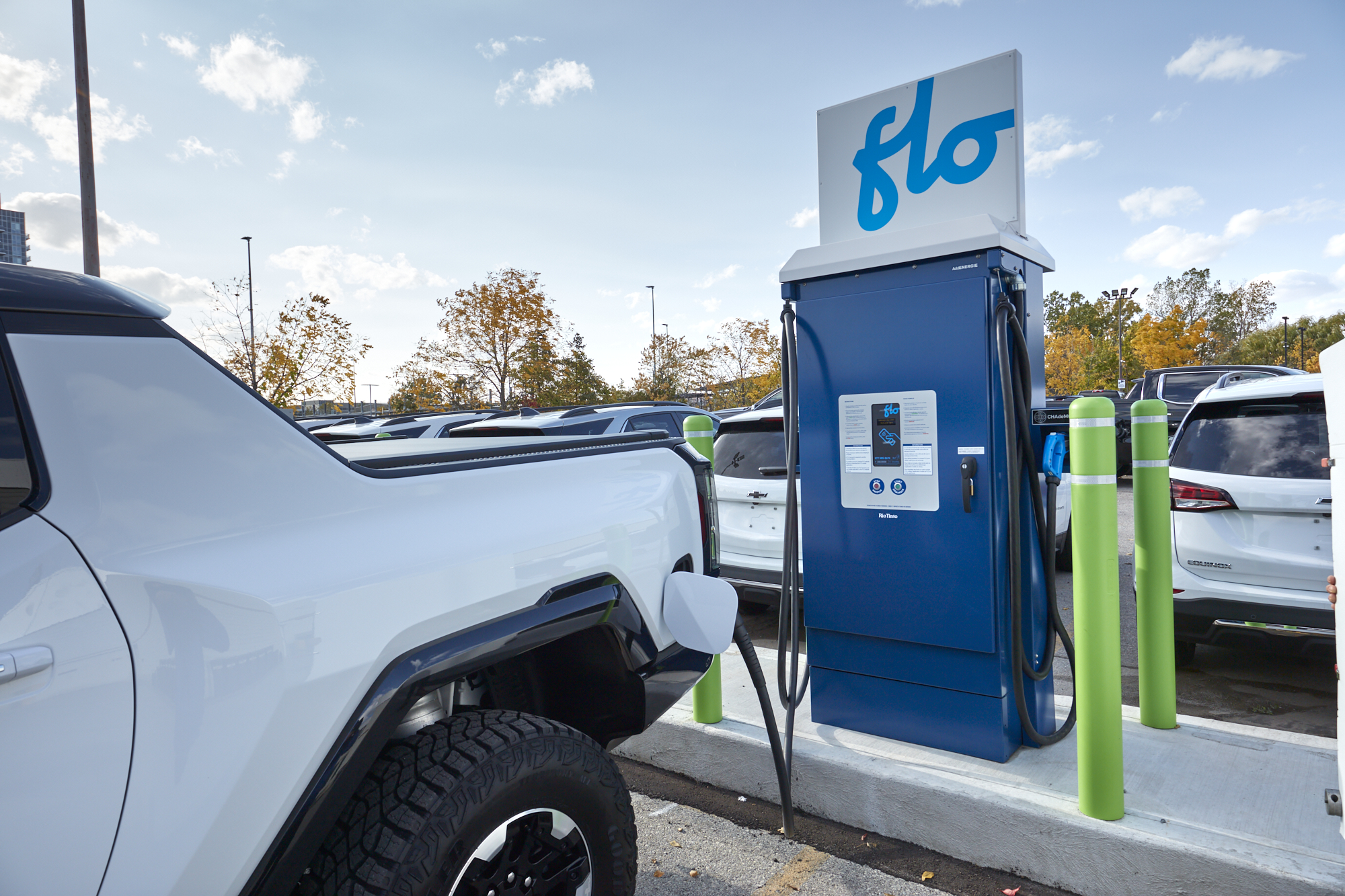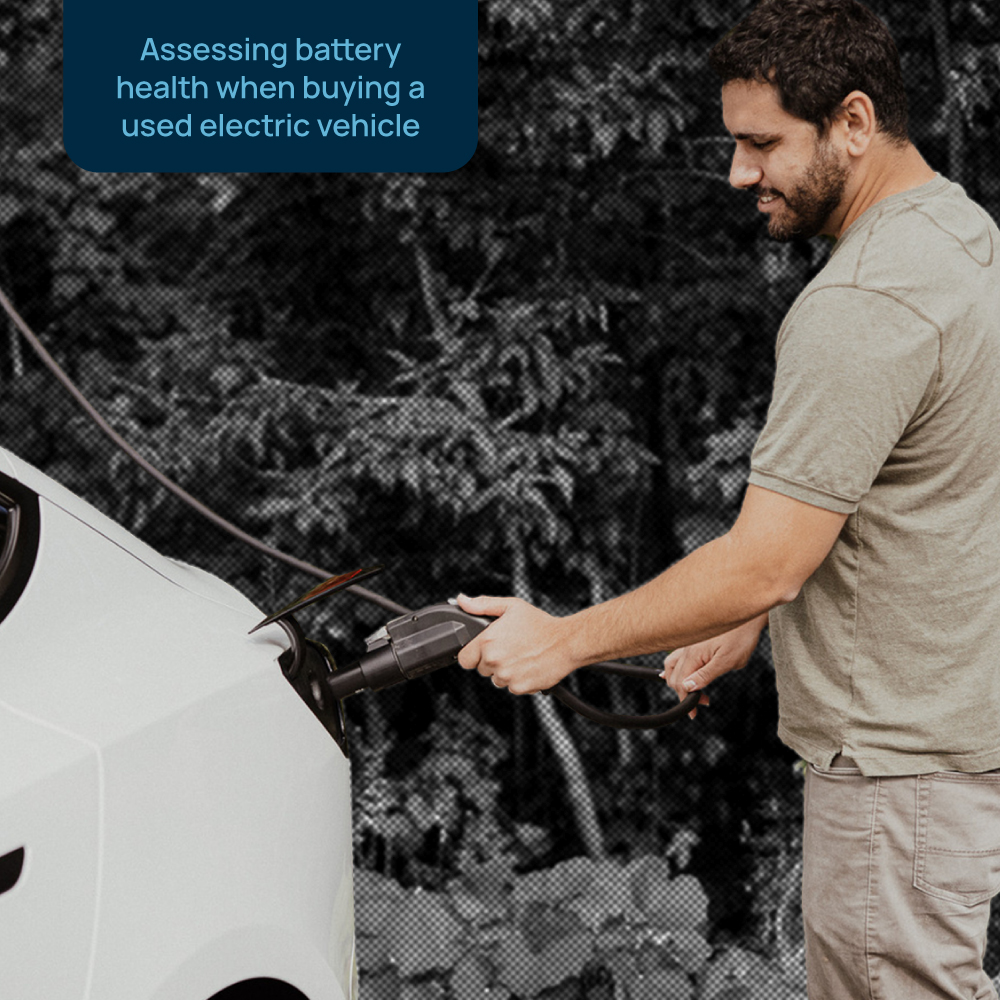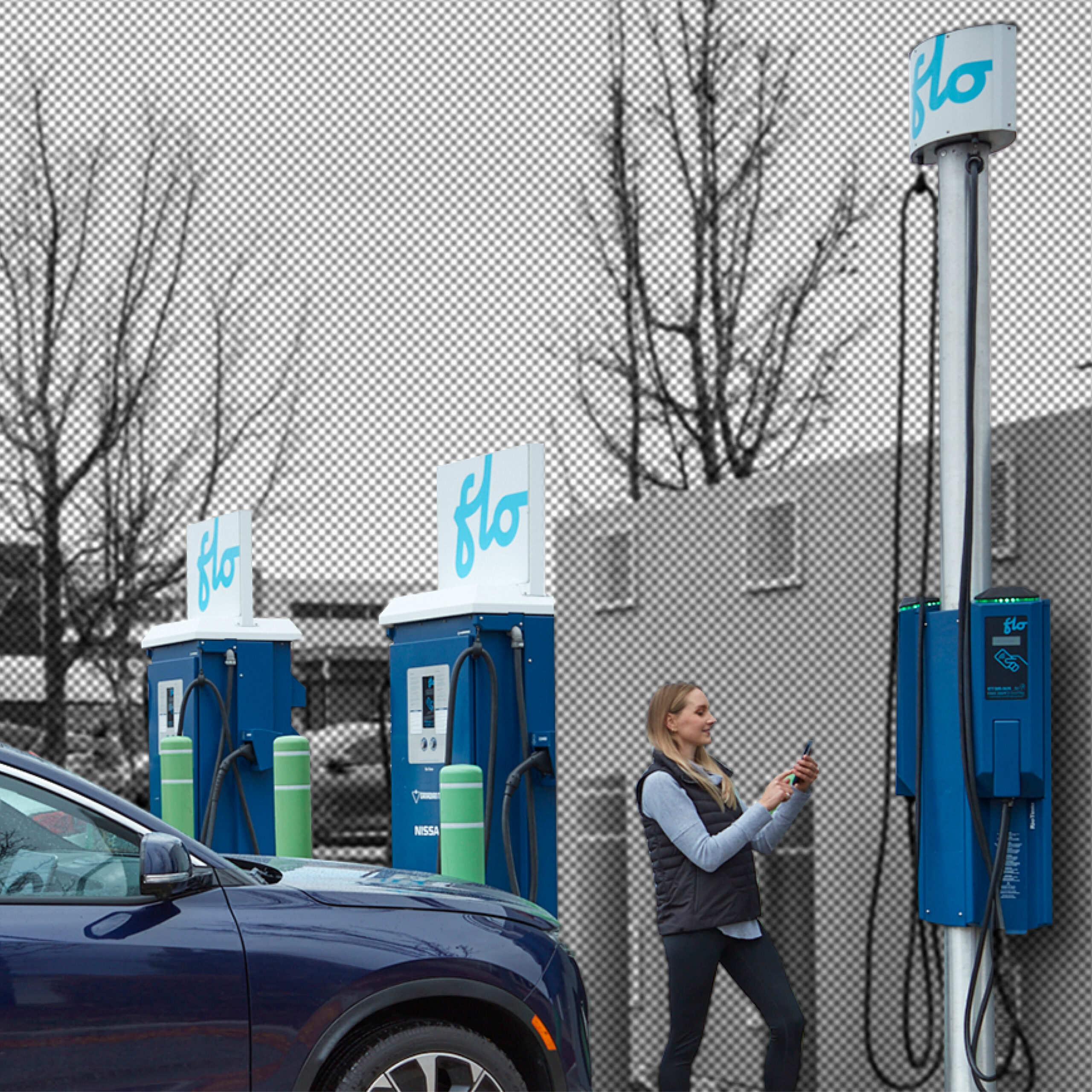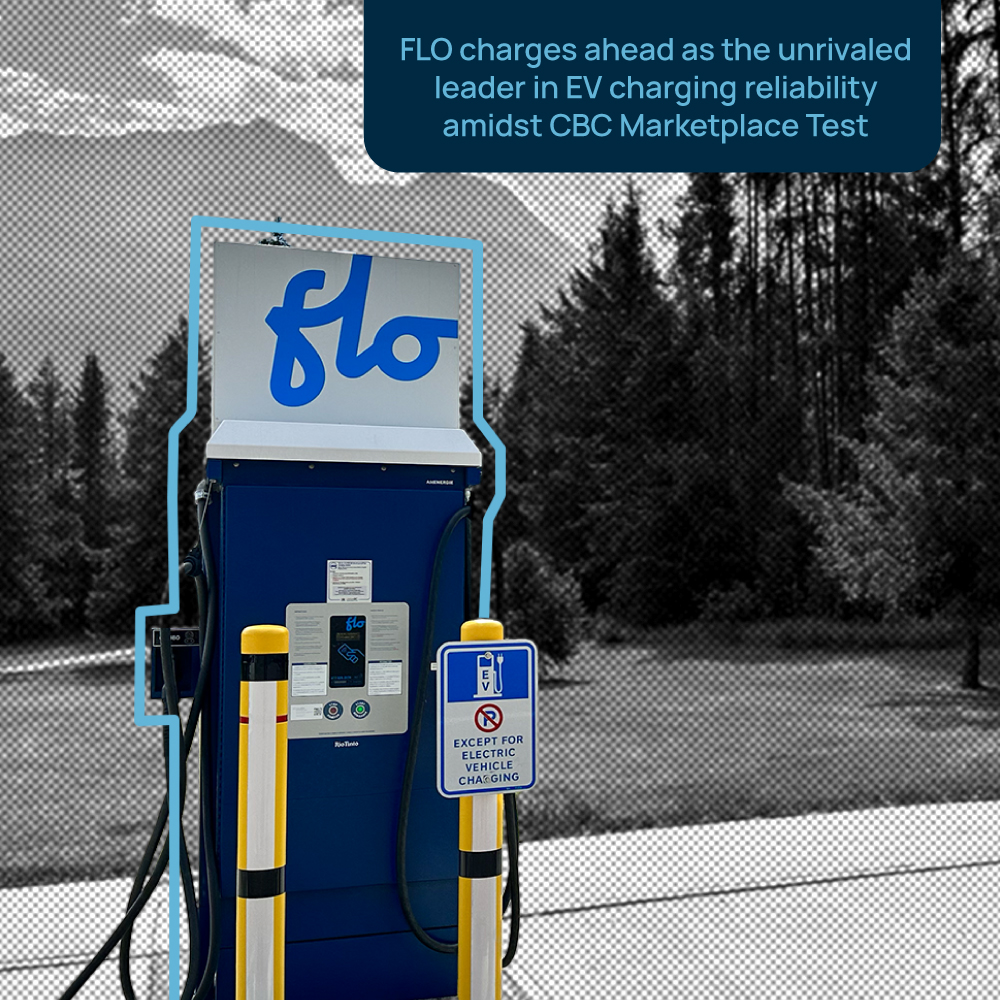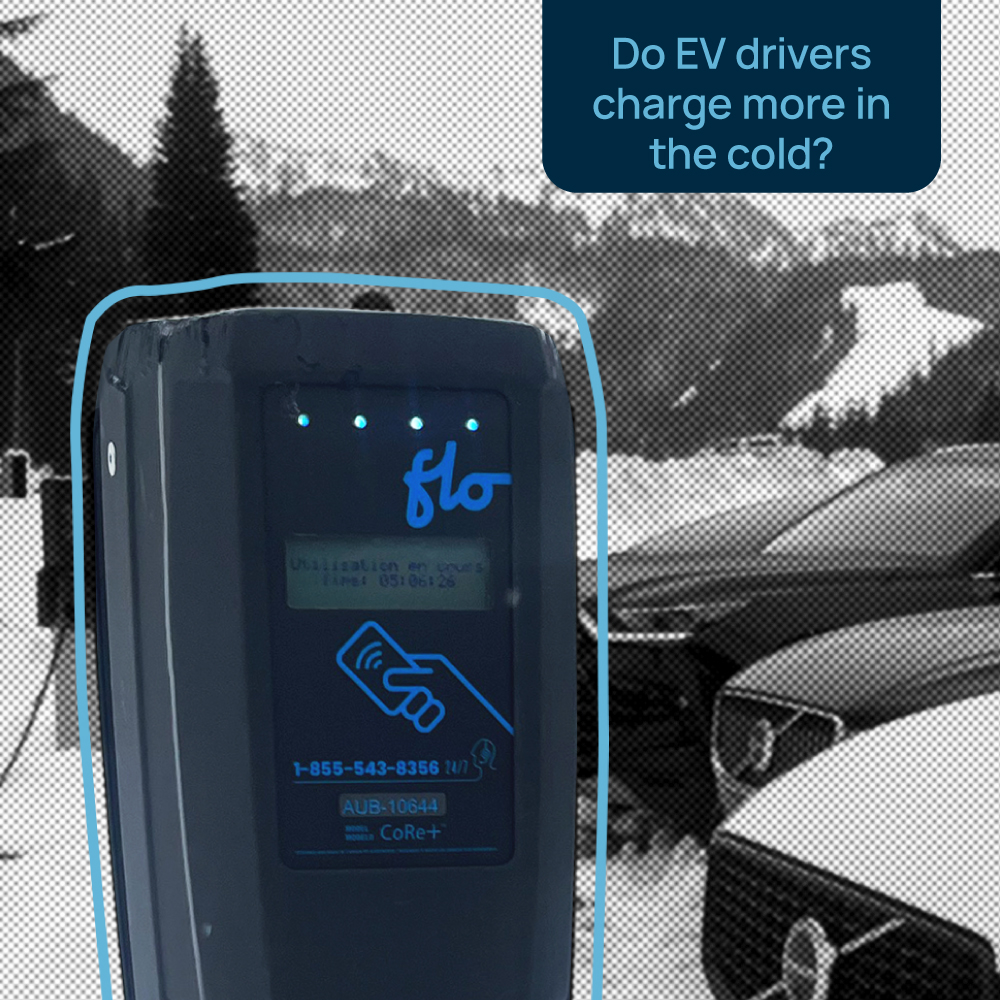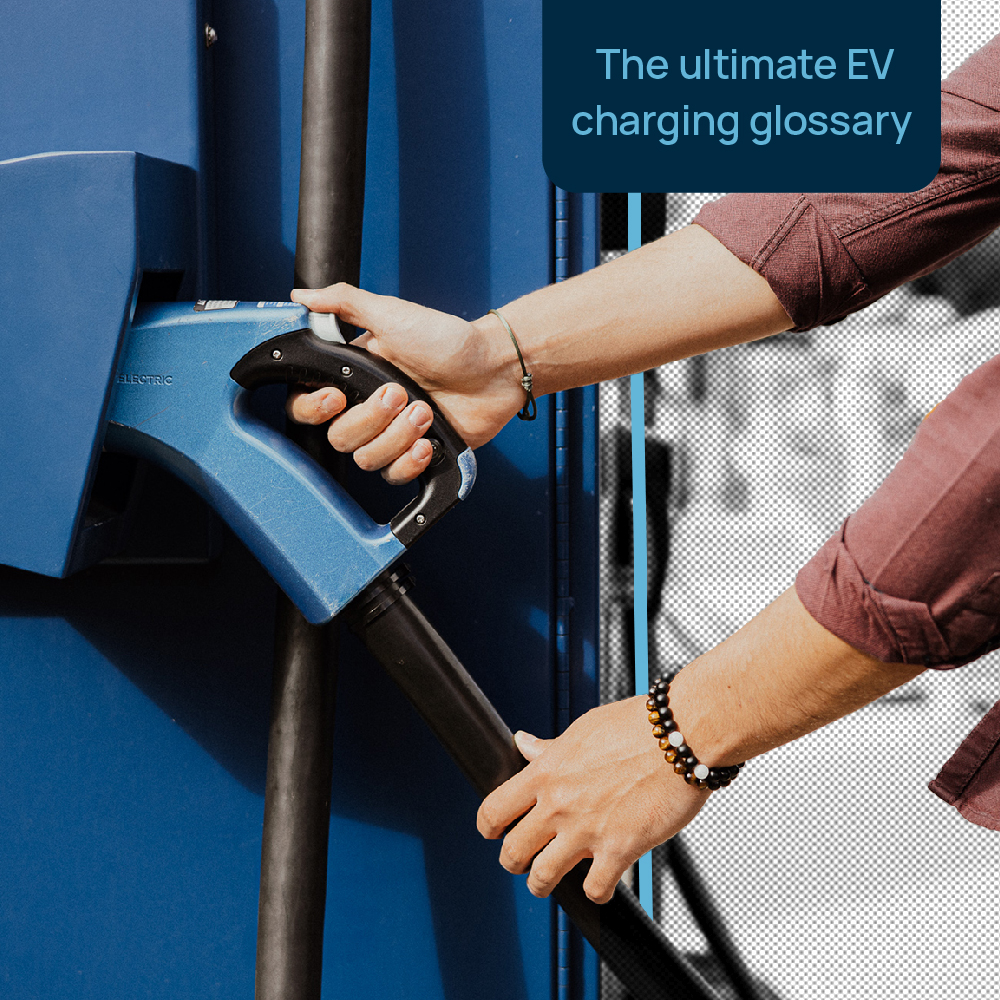How curbside chargers provide a “home-adjacent” experience
By Cory Bullis, Senior Public Affairs Manager at FLO
In my last article, I talked about how convenient and important access to overnight home charging is. There truly is no place like home to charge your EV… that is if you have an easy and cost-effective way to install it. If you’ve read that article, you now know it’s not the case for a lot of North Americans – especially those living in multi-family housing (MFH).
What can we do for potential EV drivers who might not have a dedicated garage, driveway or parking spot? Last time, I proposed “home-adjacent” charging stations as one solution – until every building offers charging infrastructure. After working with many cities and towns across North America, FLO has found that providing an alternative to home charging is critical to ensuring equitable charging access and can help nudge drivers to choose EVs when they otherwise wouldn’t. Let’s tackle the “how”.
A few different types of charging solutions can fall under the “home-adjacent” umbrella. Some examples include commercial stations in paid or open parking lots, which play a crucial role in building a cohesive charging network. But what I want to explore here is curbside charging, as it’s a viable option to help bring more equity to EV charging.
Cue your friendly neighborhood curbside charger.
A “curbside” charger is located on-street in the public right-of-way. They can be strategically sited near MFHs, stores and commercial buildings, as well as in neighborhoods without driveways or garages, providing 24/7 access to drivers. Some of the most tangible, critical benefits of curbside charging stations include:
- Lower installation costs compared to many other public charging solutions.
- Support for ride-share drivers to switch to EVs more cost-effectively.
- More equitable service for those who wouldn’t have access to charging.
Here’s why.
1. Lower costs overall to site hosts, utilities, and drivers
As EVs become more mainstream, there is a lot of emphasis on fast chargers – which can range from 50 to 350 kW (or more). These stations have important use cases – when it comes to time-constrained drivers on long trips who want to charge quickly, fast charging can’t be beat. Many drivers crave the convenience of charging rapidly, but make no mistake, they are typically paying a premium for it. That’s because fast chargers are typically more costly to install and operate.
For example, 50 to 150 kW fast chargers can typically cost anywhere from $40-$90K per port for the hardware alone1. These costs increase drastically for stations capable of up to 350 kW+. There are also additional costs for labor, civil engineering and, depending on the number and power level of the fast chargers, there are often utility upgrades. Because of site specific factors, it can be very hard to give a cost estimate that is consistent across a multitude of sites.
If the goal is to reduce costs, overnight charging (the “home adjacent” experience), curbside is the way to go. Level 2 curbside chargers are typically significantly less expensive than fast chargers – averaging between $12K to $15K for a dual port –, mitigating these cost impacts and stretching site hosts’, utilities’, and drivers’ limited resources. They can be used during the day to incentivize shoppers, and at night to provide a “home-adjacent” charging experience that is often much less costly than the equivalent amount of energy from a fast charger. They are often an excellent solution for drivers who don’t need a full charge until the morning or until the end of their shopping session.
2. More cost-effectively electrifying rideshare vehicles
Using Uber and Lyft has become a way of life. And because demand for their services keep growing, rideshare drivers typically travel 3 times what the average American drives in the same period.2 Electrifying these vehicles is an enormous climate opportunity. But getting rideshare drivers to switch to EVs won’t be easy, in part because lack of accessible charging is an especially acute issue for many of them.
Many rideshare drivers live in MFHs, with no access to home charging3. The challenge can be compounded when the areas they most commonly drive, such as airports and urban cores, have sparse charging infrastructure. Also, the more time rideshare drivers spend recharging during their intended driving periods, the greater the missed opportunity cost in foregone revenue. This can be a huge disincentive, or at least raise concerns amongst drivers who haven’t yet tried an EV.
Downtowns often lack space, have high development costs, or only offer parking garages that are not accessible to the public 24/7, exacerbating challenges to install and access chargers. However, depending on the site, curbside chargers can solve these challenges and provide rideshare drivers a more accessible, cost-effective solution. Especially if they can charge their EV overnight, or during their downtime. They can get their base charge more cost effectively, and then rely on fast charging as needed.
Are EVs for everyone? Learn more in this podcast episode.
There is an underlying co-benefit to consider as well. Rideshare drivers typically depend on fast charging to minimize downtime. However, if ridesharing drivers have access to overnight charging (curbside or otherwise), demand for public DCFCs decreases significantly, as evidenced by studies of rideshare charging needs in New York City4, Columbus, Ohio5, and Los Angeles6. This could provide staggering cost savings to governments and utilities that are investing significant public dollars into charging infrastructure.
3. Supporting neighborhoods that otherwise wouldn’t have charging.
Some states, like California, found their public chargers are not currently evenly deployed across geographies, with lower charger densities in urban residential areas and low-income communities7. Because of this, the state has acknowledged that curbside charging can increase “equitable home charging access” and better serve these harder to reach areas8.
Given the lack of available private real estate for station deployment in some urban areas, and the exorbitant costs associated with developing what little real estate is available in many cities, curbside chargers could provide charging in areas that otherwise wouldn’t be able to deploy stations. These applications help spread the benefits of publicly available stations more evenly, providing more equitable charging access to low-income neighborhoods. Deploying curbside chargers also has the co-benefit of increasing charger visibility to drivers, bolstering consumer confidence in the availability of public infrastructure and thus ultimately helping increase EV adoption.
As you can see, curbside charging provides clear benefits, but the technology options, technical applications, and ownership models vary. The next step is finding the right solution for your city’s specific needs. Luckily, our team knows a thing or two about curbside charging and would love to walk you through it – let’s chat.
Sources:
- Puget Sound Clean Air Agency. Electrifying Ride-hailing in Seattle. September 2019. Page 2
- Federal Highway Administration. National Electric Vehicle Infrastructure: Preliminary Regulatory Impact Assessment of Notice of Proposed Rulemaking. June 8, 2022. Page 9.
- Schroeder, John et al. EV Charging for All: How Electrifying Raid-hailing Can Spur Investment in a More Equitable EV Charging Network. RMI. 2021. Page 14.
- Moniot et al. Electrifying New York Ride-Hailing Fleets: an examination of the needs for public fast chargers. iScience. April 15, 2022. Page 10.
- Moniot et al. Feasibility Analysis of Taxi Fleet Electrification Using 4.9 Million Miles of Real-World Driving Data. National Renewable Energy Laboratory. April 2019. Page 10.
- Schroeder, John et al. EV Charging for All: How Electrifying Raid-hailing Can Spur Investment in a More Equitable EV Charging Network. RMI. 2021. Page 8.
- Hoang, Tiffany. 2020 SB 1000 California Electric Vehicle Infrastructure Deployment Assessment. California Energy Commission. December 2020. Pages 2-7.
- California Energy Commission. Draft Zero Emission Vehicle Infrastructure Plan. April 2022. Page 30.

